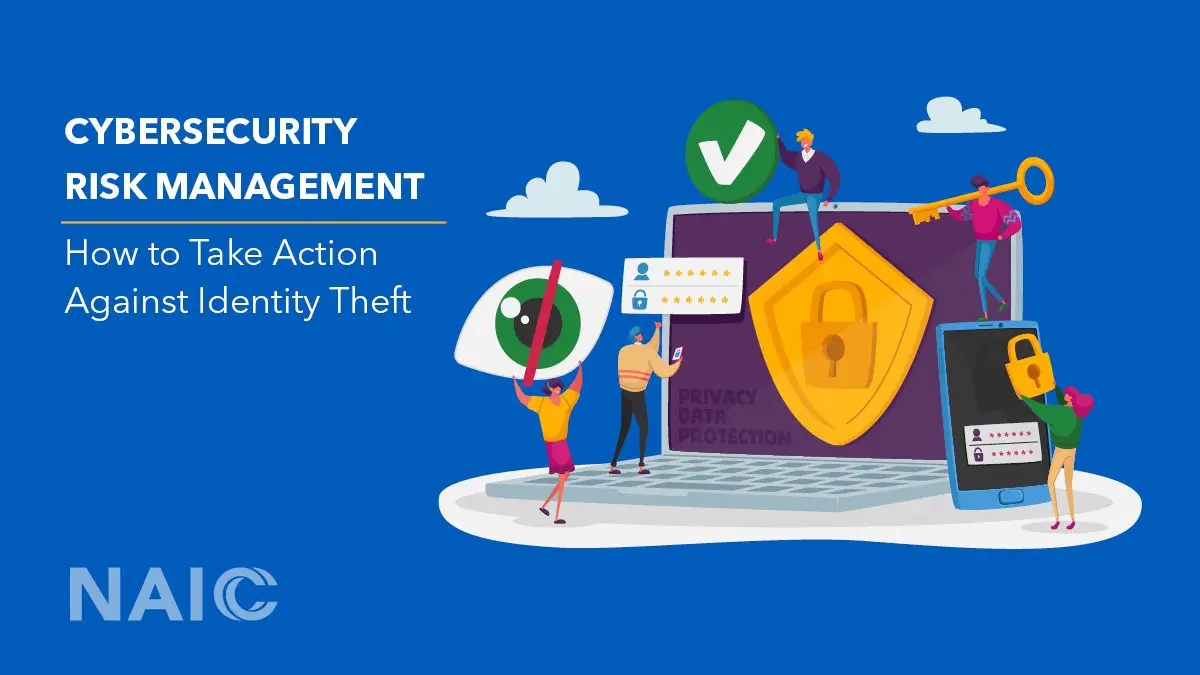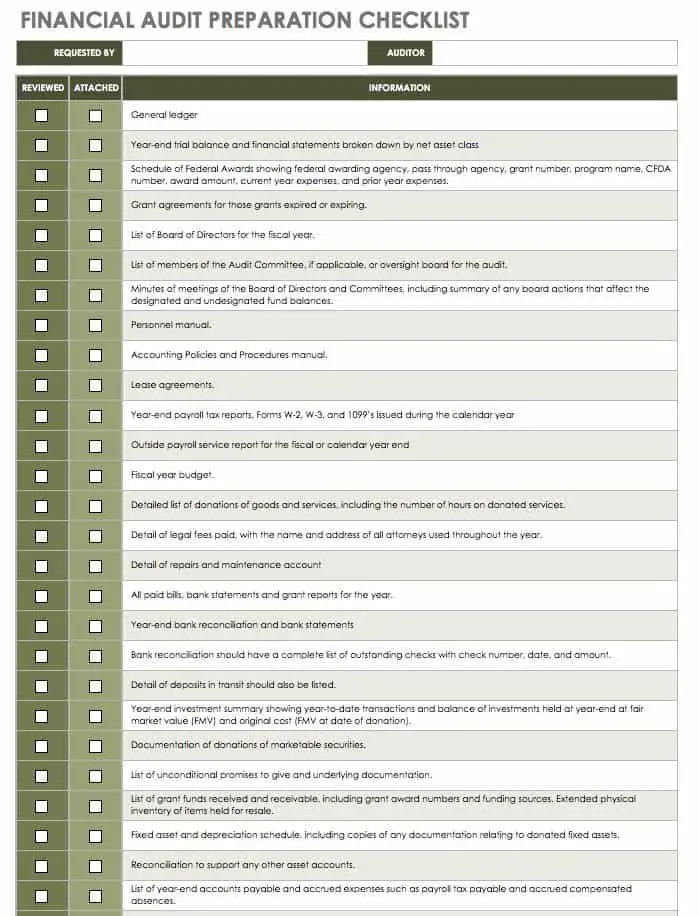In today’s digital age, protecting our identities and ensuring our online security has become more crucial than ever. But where do we start? How can we safeguard our personal information and prevent it from falling into the wrong hands? Well, fear not, because in this article, we will explore the essential steps to take for identity protection and security. By following these practical guidelines, you’ll be better equipped to navigate the online world with confidence and peace of mind. So, let’s dive in and uncover the key measures you need to keep your identity safe.
Steps to Take for Identity Protection and Security
In today’s digital age, where personal information is at risk of being compromised, it is crucial to take proactive steps to protect your identity and enhance your online security. Identity theft can lead to financial loss, damage to your reputation, and even legal troubles. To safeguard your personal information and ensure a secure online presence, follow these steps:
1. Create Strong and Unique Passwords
Passwords are the first line of defense in protecting your online accounts. Follow these best practices:
- Create unique passwords for each of your accounts to prevent a domino effect in case one is compromised. Avoid reusing passwords.
- Use a combination of uppercase and lowercase letters, numbers, and special characters.
- Make your passwords at least 12 characters long to enhance their complexity and security.
- Consider using a password manager to generate, store, and autofill your passwords securely.
2. Enable Two-Factor Authentication
Two-factor authentication (2FA) adds an extra layer of security to your accounts by requiring additional verification in addition to your password. This verification typically involves a unique code sent to your mobile device. Enable 2FA whenever possible, especially for critical accounts like email, banking, and social media.
3. Be Cautious with Personal Information
Protecting your identity offline is just as important as safeguarding it online. Be mindful of the following:
- Shred documents containing sensitive information, such as bank statements, medical records, and credit card offers, before disposing of them.
- Don’t share personal details, such as your Social Security number or financial information, over the phone or through email unless you initiated the contact and trust the recipient.
- Avoid carrying unnecessary identification cards or documents that could be lost or stolen.
4. Regularly Update and Secure Your Devices
Keeping your devices up to date with the latest software and security patches is crucial for protecting your identity. Follow these steps:
- Enable automatic updates for your operating system and apps to ensure you have the latest security patches.
- Install reputable antivirus and anti-malware software on your devices and keep them updated.
- Use a firewall to create an additional layer of protection against unauthorized access to your devices.
- Encrypt your devices to protect the data stored on them, especially for laptops and smartphones.
5. Use Secure Wi-Fi Networks
When connecting to public Wi-Fi networks, exercise caution as they can be vulnerable to hackers. Follow these guidelines to enhance your security:
- Avoid connecting to unsecured Wi-Fi networks, especially when accessing sensitive information such as online banking or making purchases.
- When using public Wi-Fi, consider using a virtual private network (VPN) to encrypt your data and protect it from prying eyes.
- Disable automatic Wi-Fi connections on your device to prevent unwanted connections to unsecured networks.
6. Be Wary of Phishing Attempts
Phishing is a common technique used by cybercriminals to trick individuals into revealing their personal information. Stay vigilant by following these tips:
- Be cautious of unsolicited emails, text messages, or phone calls asking for personal information or urgent action.
- Verify the sender’s identity and the legitimacy of any requests before providing any sensitive information.
- Hover over links to check their destination before clicking on them. Be wary of shortened URLs or suspicious domain names.
- If you suspect a phishing attempt, report it to the appropriate authorities and the organization being impersonated.
7. Regularly Monitor Your Accounts
Frequently monitoring your accounts can help you identify suspicious activities and prevent potential identity theft. Follow these steps:
- Review your bank statements, credit card statements, and other financial accounts regularly to detect any unauthorized transactions.
- Check your credit reports at least once a year from major credit bureaus to look for any discrepancies or signs of fraudulent activity.
- Set up alerts and notifications for your accounts to receive immediate updates on any suspicious activities.
8. Safeguard Your Social Media Profiles
Social media platforms can be a goldmine for cybercriminals seeking personal information. Protect your privacy with these measures:
- Review and adjust your social media privacy settings to restrict access to your personal information.
- Be cautious when accepting friend requests or connection requests from unknown individuals.
- Avoid sharing sensitive personal information, such as your full address or contact details, publicly on social media.
- Regularly review the content you post and remove any information that could be used to impersonate or compromise your identity.
9. Educate Yourself and Stay Informed
Staying informed about the latest security threats and best practices is crucial in protecting your identity. Consider the following:
- Stay updated on the latest scams, phishing techniques, and security vulnerabilities through reliable sources.
- Participate in security awareness training programs offered by organizations or online platforms.
- Follow security experts and reputable organizations on social media to receive timely updates and advice.
- Read security blogs, articles, and books to deepen your knowledge and understanding of identity protection.
Taking the necessary steps to protect your identity and enhance your online security is an ongoing process. By implementing these measures, you can significantly reduce the risk of falling victim to identity theft and ensure a safer digital experience. Stay vigilant, stay informed, and prioritize your personal security in the digital world.
How to PREVENT IDENTITY THEFT (for free, in less than 10 min)
Frequently Asked Questions
Frequently Asked Questions (FAQs)
Q: What are the steps to take for identity protection and security?
A: To ensure your identity is protected and secure, follow these important steps:
Q: How can I create strong and unique passwords?
A: Creating strong and unique passwords is essential. Use a combination of letters (both uppercase and lowercase), numbers, and symbols. Avoid using easily guessable information like your name or birthdate.
Q: Is it necessary to enable two-factor authentication?
A: Yes, enabling two-factor authentication provides an extra layer of security to your accounts. It typically requires you to provide a verification code, received through a text message or an authentication app, in addition to your password.
Q: What should I do if I suspect my identity has been compromised?
A: If you suspect your identity has been compromised, act promptly. Notify your bank and credit card companies, change your passwords, monitor your accounts for suspicious activity, and consider placing a fraud alert on your credit reports.
Q: How can I protect my personal information online?
A: To protect your personal information online, be cautious about sharing sensitive details on social media platforms, avoid clicking on suspicious links or downloading files from unknown sources, and regularly update your devices and software.
Q: Are there any specific measures to take while using public Wi-Fi networks?
A: Yes, when using public Wi-Fi networks, avoid accessing sensitive information such as online banking or entering passwords. If necessary, use a virtual private network (VPN) to encrypt your connection and protect your data.
Q: What steps can I take to prevent phishing attacks?
A: To prevent phishing attacks, be vigilant while responding to unsolicited emails or messages. Avoid clicking on suspicious links or downloading attachments from unknown senders. Verify the authenticity of requests before providing any personal or financial information.
Q: Should I regularly monitor my credit reports?
A: Yes, regularly monitoring your credit reports is crucial for detecting any unauthorized activity. Obtain free annual credit reports from major credit bureaus and review them carefully for any discrepancies or unfamiliar accounts.
Q: Is it important to keep my devices and software up to date?
A: Absolutely, keeping your devices and software updated helps protect against known vulnerabilities. Install the latest security patches and updates provided by your operating system and other software applications to ensure optimal protection.
Note: Remember to stay cautious and practice these steps to safeguard your identity and maintain online security.
Final Thoughts
In conclusion, protecting your identity and securing your personal information is of utmost importance in today’s digital world. By following a few simple steps, you can enhance your security and minimize the risk of identity theft. First, regularly monitor your credit reports and financial statements for any suspicious activities. Second, create strong and unique passwords for all your accounts, and enable two-factor authentication whenever possible. Third, be cautious when sharing personal information online and only provide it on secure websites. Finally, consider investing in identity theft protection services that offer monitoring and alert systems. By taking these steps to ensure identity protection and security, you can safeguard yourself against potential risks and enjoy greater peace of mind.


